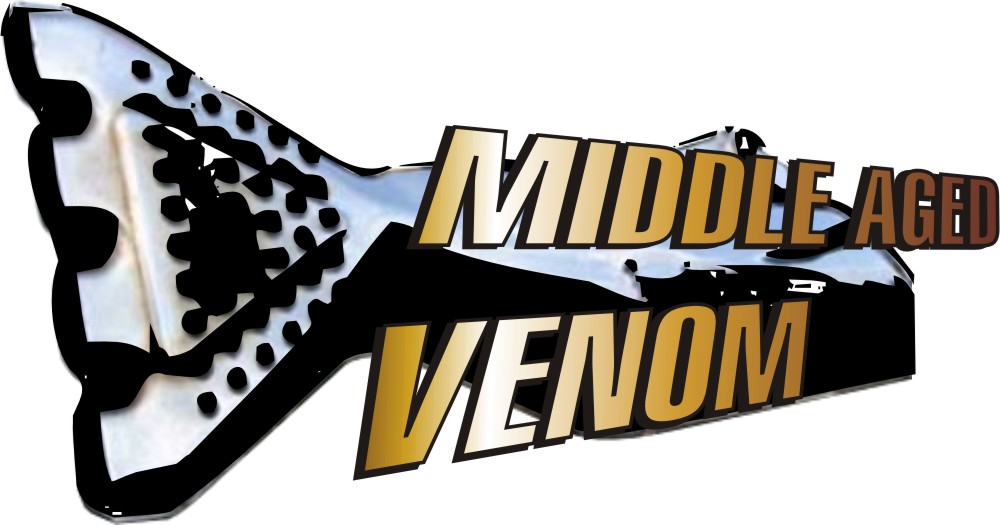Having just put down the engine in my nice newly sorted out workshop, I strayed near the computer, so here I am again posting a post.
I looked up "Drawing Office" on google images, an impulse after deliberations earlier today, and quite by chance I turned up this image:
 |
This bloke offers a brilliant service here:
http://owensvelos.co.uk/
where you can buy copies of many of the original Veloce factory drawings. I shall be ordering shortly. |
A veritable blast from the past. I once worked in drawing offices where we were all on drawing boards. CAD was an exciting prospect, but not suffeciently developed for normal day to day working. The drill then was to agree on the design, get the (paper) drawings done, have them checked and when the bits were made / samples in, go and do a 100% inspection on them. You then had be on hand for when the assemblies were made and sort out problems that arose and if there were problems, then the usual first lament was "drawings must be wrong" even if they weren't. With all that accountability to all levels of the heirachy from boss to stores ckerk's assistant's mate, you ended up wearing the job as you would a coat and you usually had a lot of these coats to wear.
What I'm getting at here is that the business of design engineering seems to have been a lot more hands on before the CAD era. I think it's reflected in the products too. Take an injection moulded plastic part for example.
These days, we can get a rapid done (say an SLA), that is a model of the final part to-be, and the evaluation is mostly done off of that before the T1 samples (the first parts made from the mould) comes in. By now the non-engineers from other interested parties have been involved for a fair while and no-one really wants to back off if the money on the tooling has been comitted. This was once a "backroom boffin" affair that could be "massaged" before it produced a product prototype for other managers to evaluate later on.
In my opinion we made more attractive products under the old system. We made things that were a more human scale. Things we could repair rather than replace, more characterful things like these:
As opposed to :
Yes, they're more advanced and arguably better built, but that's the technology. Imagine what the guys who made the first three could have done with modern technology. Making CAD models of real things is a skill in its self and I feel it adds a layer of virtual glass between the bloke that should be accountable and his design whilst everyone else has a finger in the pie. This mindset percolates upwards in the organisation to affect the product it's self. This is contrary to modern "design industry" dogma and I think it's a shame.
 |
| SolidWorks "ultimate CAD Chair project" sponsored by the biggest CAD company and run as an interactive project with young design engineers across the world. It has a motorised seat, three screens, a sound system.... |
 |
| ...and looking remarkably similar is your average cheap Arcade game. |
My CAD workstation is now on another table and my own desk is clear.



















